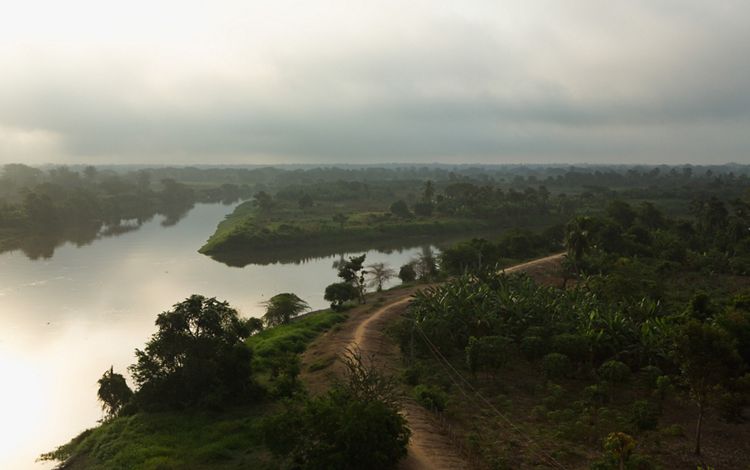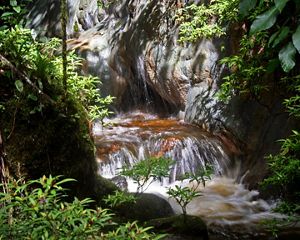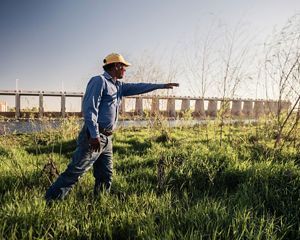
With the third largest economy in South America and a growing population, Colombia is working to chart a path toward greater peace and prosperity for its people, more than a third of whom live below the poverty line. Colombia’s rich natural resources are helping drive its expanding economy via infrastructure, mining and energy production, all of which are “locomotives of development.”
Helping to engineer the locomotive is the Magdalena River Basin — the social, environmental and economic heart of Colombia. The river basin is home to 30 million people and breathtaking landscapes, and is responsible for over 80 percent of the country’s GDP. Unfortunately, rapid growth is causing major threats to the environmental health of the basin.
As Colombia stands poised to see major hydropower development, The Nature Conservancy (TNC) is developing the Decision Support System for the Magdalena-Cauca Basin, known as SIMA, an innovative, open-access, scientific tool to help government officials, industry, and communities visualize how they can meet their energy and general infrastructure needs while maintaining a healthy basin.
SIMA helps guide investments to the conservation of ecosystems that are vital to water regulation, such as wetlands and savannas. The tool will also address issues such as pollution, flooding, climate change, water scarcity, and declining fisheries, all of which threaten the basin today.
Currently, TNC uses Hydropower by Design, a system-scale planning method to identify options that provide similar levels of generation as business-as-usual approaches. Hydropower-by-Design enables better early stage planning of infrastructure, through the inclusion of social and environmental impacts, and will also help to maximize the development potential of infrastructure development. We have tested Hydropower by Design to support best practices in planning and evaluation of projects in critical watersheds around the world, such as Coatzacoalcos in Mexico, Tapajós in Brazil and Magdalena in Colombia.
The results of testing Hydropower by Design in a variety of river basins around the world showed potential improvement ranging from a modest 5 percent to more than 100 percent for various water-management services and environmental resources, such as irrigation and fisheries.
Our Work in Pictures





